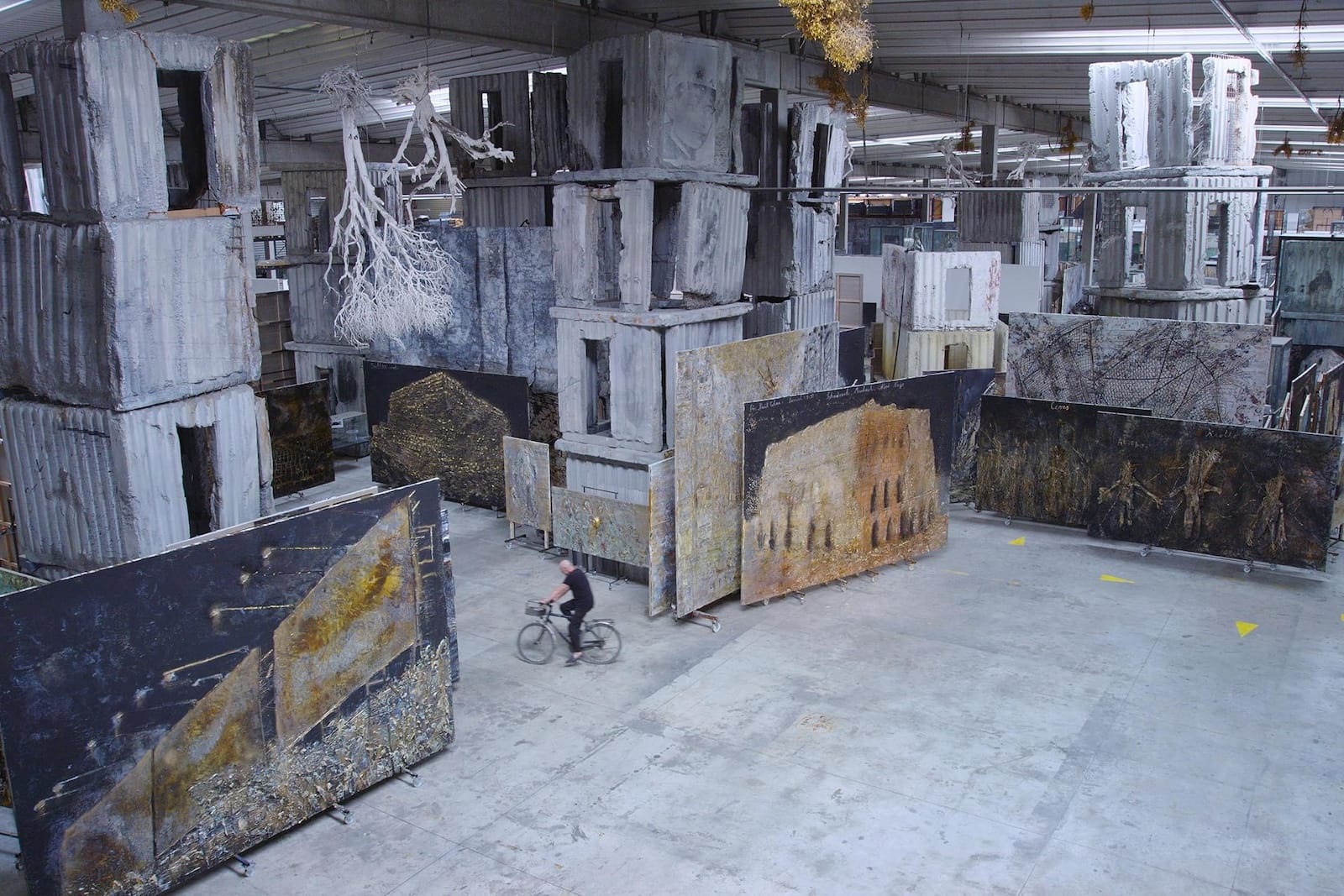
Picasso, Warhol, and Einstein are household names, and as of last year, Oppenheimer can be added to this list. German artist Anselm Kiefer, born in 1945, has achieved a level of fame where a documentary about him can simply be titled "Anselm" and many people will immediately know who it's about.
More a portrait of Kiefer’s work than a biographical study of Kiefer himself, “Anselm”, directed by Wim Wenders, is a visually-striking documentary and a fascinating peek into the mind of an artist. I loved the footage shot at Kiefer’s former studio turned art installation at La Ribaute, a sprawling 40-hectare site of a defunct factory near Barjac in the south of France.
The film is loosely structured as a chronological exploration of the work Kiefer created in the different studios he has occupied. Although most of the film is shot at Kiefer’s former studio near Barjac and at his current studio in a former warehouse of French department store La Samaritaine in Croissy-Beaubourg, on the outskirts of Paris, which is so large that he uses a bicycle to get around.
About halfway into the film some of Kiefer’s assistants come into view, because of course Kiefer would be unable to realize much of his current work without the help of a small army of technical assistants. We see Kiefer burning one of his canvases with a flame thrower while an assistant immediately puts out the flames and we see his assistants melting lead which Kiefer then pours onto another canvas.
Throughout his career Anselm Kiefer has stayed true to himself, his obsessions and his intellectual heroes, most notably the Romanian poet Paul Celan. Once he had acquired fame and fortune, for better or for worse he used the proceeds from the sale of his work to produce work at an ever grander scale. He did not buy a yacht and he did not divorce his wife to start dating a B-movie actress, at least, not as far as I know. Although he did start building rockets.
To his credit Wim Wenders does not dwell on biographical details, apart from Kiefer’s childhood in post-World War II Germany, which is depicted through archival images of children playing in ruins. There are no interviews with friends or relatives and, apart from some documentary footage, no interviews with art critics to put his work into perspective.
Unfortunately, Wenders has chosen to have two actors reenact various scenes from multiple stages of Kiefer’s life. I would have much preferred if Wenders had just shown Kiefer and his assistants at work. Of course, I’m already familiar with Kiefer’s work and I understand that, to appeal to the average moviegoer Wenders chose to dramatize some scenes. But as far as I’m concerned there is already enough drama in Kiefer’s work.
I watched the film in 2-D. I’ve read great things about the 3-D release. So if you have a chance I would recommend watching the 3-D version.
Links
Anselm Kiefer: Bilderstreit at Museum Voorlinden.